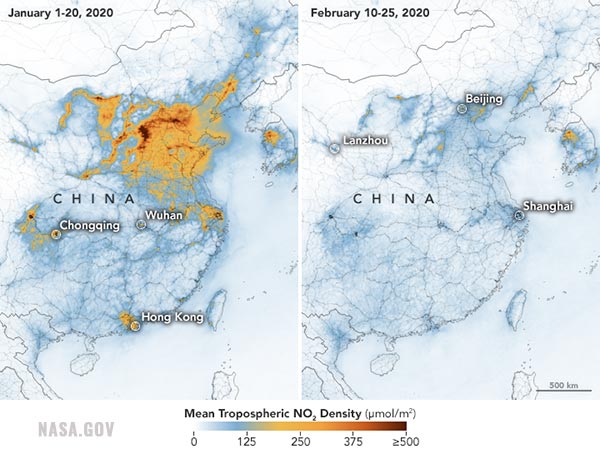Study: Plate tectonics that shifted continents across Earth started at least 2.5 billion years ago
05/25/2020 / By Arsenio Toledo

Plate tectonics is the widely accepted theory that the outer shell of the Earth is divided into several pieces, known as plates. These plates slowly glide across the Earth’s mantle, the rocky inner layer above the planet’s core. This movement causes both earthquakes and the movement of continents across the surface of the Earth.
Scientists have long debated about when the plates formed. Previous estimates have ranged from one to five billion years ago. A group of researchers from the U.S. and Australia suggest that the movement of the plates began around 2.5 billion years ago.
The researchers, whose findings were published in the scientific journal Nature, studied metamorphic rocks from all over the world to come to their conclusions. (Related: Mantle mystery: Geologists don’t know what to make of two continent-sized mountains found beneath the Earth’s crust.)
Researchers studied metamorphic rocks to help them understand the Earth’s plates
“Metamorphic rocks are those than transform as they are buried and heated when tectonic plates grind together,” said lead researcher Tim Johnson of Curtin University’s School of Earth and Planetary Sciences.
“Not only are they exceptionally beautiful, they may also hold the key to unlocking the mystery of how Earth’s unique plate tectonic behavior changed throughout time.”
Johnson and his American colleagues from Johns Hopkins University and the University of Maryland collected and studied metamorphic rocks from 564 sites all over the world. Some of these rocks were even found to be around three billion years old.
Through statistical analysis of all these metamorphic rock samples, Johnson and his colleagues determined both the depths and the temperatures at which they were formed. This helped them build up a clearer picture of how the heat flow in different places across the Earth’s crust changed over time. This, in turn, helped them understand the plate tectonic processes that control these changes.
Johnson said that a large focus of their research was on how the tectonic processes might have changed throughout the period of time known as the Proterozoic eon, which lasted between 2.5 billion and 540 million years ago. This period represents nearly half of Earth’s entire history.
The interest in this era, according to Johnson, is because of a debate among the scientific community over whether the plate tectonic processes scientists can observe in the present day can be used to accurately interpret really ancient rocks. If the Earth’s tectonic processes were fundamentally different during the Proterozoic, or deep in the planet’s geological past, then scientists need to figure out new ways of studying the Earth.
“Understanding how the ancient Earth was different to the modern Earth is key to accurately interpreting how Earth’s rocks formed,” said Johnson.
Johnson adds that this can explain why the Earth’s rocks are distributed around the planet in the way that they are. Furthermore, this can explain why different mineral resources are more abundant in certain areas than in others, how extensive these deposits are and where prospectors and geologists alike might find additional resources.
Co-author of the study Robert Holder from the Morton K. Blaustein Department of Earth and Planetary Sciences at Johns Hopkins agrees with Johnson’s assessment. He says that the framework scientists use for understanding the world’s geological processes requires an accurate knowledge of plate tectonics.
Learn more about Earth’s geological history at Research.news.
Sources include:
Tagged Under: continental drift, core, crust, earth science, Earthquakes, environment, geology, mantle, planet Earth, plate tectonics, real history, research



















